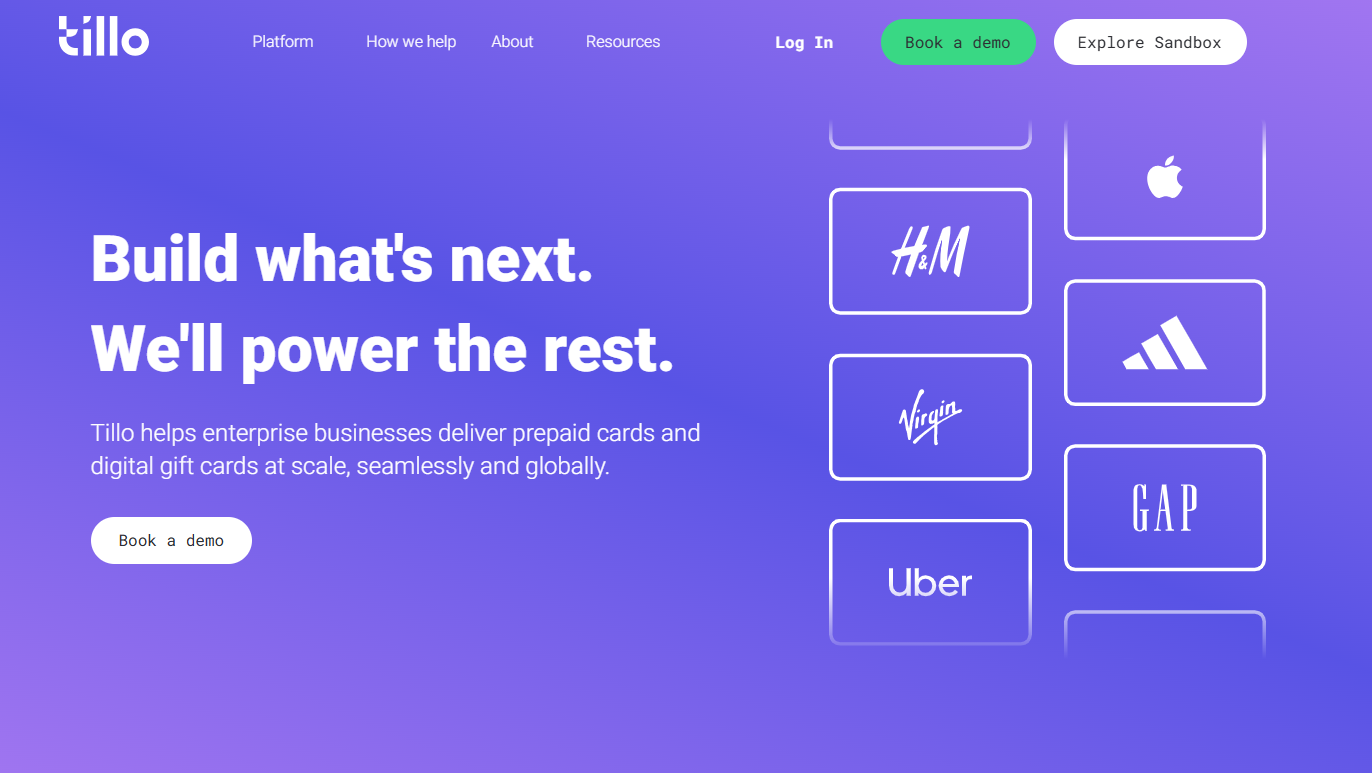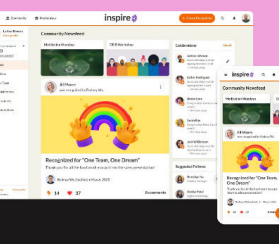Usually, November is my busiest time for content strategy. Christmas campaigns need to be nailed, and at the same time, clients want their content mapped out for the year ahead. It might feel early, but I can sense you’d like to get ahead of the curve.
With that in mind, here’s a step-by-step strategy I often use as a solid starting point for clients.

Step 1: Get your positioning straight
Before you dive into publishing, make sure the basics are rock solid:
- What problem do you really solve?
- Who exactly is your ICP?
- What is the one topic you deserve to be known for?
Skip this step, and everything downstream gets shaky. Clear positioning keeps your messaging sharp, grounded in how customers actually talk.
And this is where AI can’t help you. Interviewing customers and prospects is still the most powerful way to uncover the language, pain points, and insights that create real thought leadership.
Step 2: Build a focused content cluster
Choose a single high-intent topic and build depth around it. Don’t spread thin—own one space fully.
The key formats to include are:
- Pillar page to anchor the concept
- Comparison pages vs status quo or competitors
- Integration pages (“[Your product] + [Popular tool]”)
- Listicles (“Top 7 [tools] for [ICP]”)
- FAQs that rank quickly and clearly
- Use cases mapped to jobs-to-be-done
- A few ‘how-to’ style blogs
This gives you 10–30 interlinked assets that support SEO, sales conversations, and your product story—all useful for both humans and LLMs.
Step 3: Repurpose and distribute
Publishing once isn’t enough. Strong clusters become toolkits you can keep drawing from:
- Break blogs into LinkedIn posts
- Turn assets into sales enablement material
- Use them in outbound, demos, and nurture campaigns
If your sales team isn’t using the content, it’s not pulling its weight. A single piece should fuel at least five uses, so your perspective reaches buyers before you even get on a call.
Step 4: Evaluate what’s working
Look closely at signals:
- What’s ranking?
- What’s influencing deals?
- What’s being linked, shared, or cited?
There’s a lot of noise right now around generative AI optimisation. But remember: LLMs scrape the web for answers. They will still reward the same principles that have always mattered—clear positioning, customer-driven language, and well-structured clusters. Stick to proven methods, and your content will compound.
Step 5: Scale with confidence
Once you’ve built and tested one cluster, the system becomes repeatable. Pick the next topic, do it again, and optimise what you already have. Step by step, you begin to own your category—not through shortcuts, but by building something useful, durable, and distinct.
If you want support building a smarter content strategy that reflects how people actually discover, decide and buy today, I can help!
he***@********ep.com







